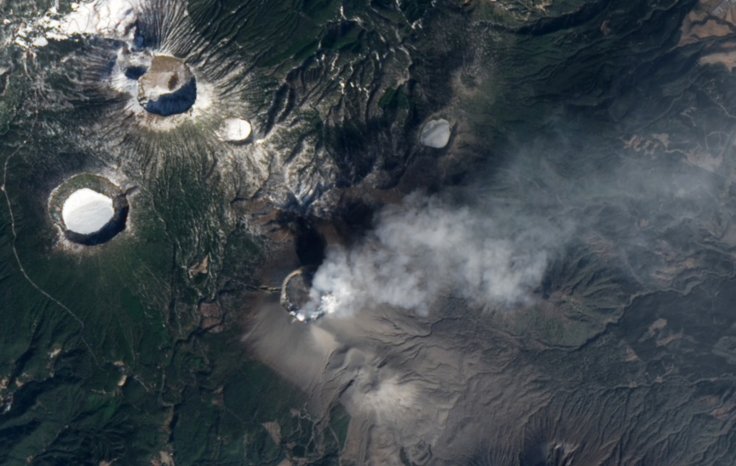
Mount Shinmoe on Japan's Kyushu island erupted on Thursday, following volcanic tremors at around 11 am, said authorities.
The Japan Meteorological Agency (JMA) said volcanic tremors were observed on the 1,421-meter high volcano, located in the Kirishima mountain range, since early Thursday morning. The volcano previously erupted in October 2017.
No reports of damage have been received so far and the JMA said it will maintain its alert level for the volcano at 3 on its scale which peaks at 5. The agency has advised people to "not approach the mountain". The JMA has warned of the possibility of falling volcanic rocks within 2 km from the volcano's crater and of the possibility of pyroclastic flows within a range of 1 km, reported IANS.
Why volcanic eruptions?
A recent study, published in November edition of Journal Geology by researchers at the University of Leeds, has found that global warming could induce an increase in the number of volcanic eruptions in the future.
"Climate change caused by humans is creating rapid ice melt in volcanically active regions. In Iceland, this has put us on a path to more frequent volcanic eruptions," said Graeme Swindles of the University of Leeds.
Swindles said that it is difficult to predict the duration of time lag. However, he confirmed that the change in atmospheric temperature will reduce the pressure beneath the surface of the Earth which will, in turn, increase the amount of mantle melt, thus resulting in volcanic eruptions.









